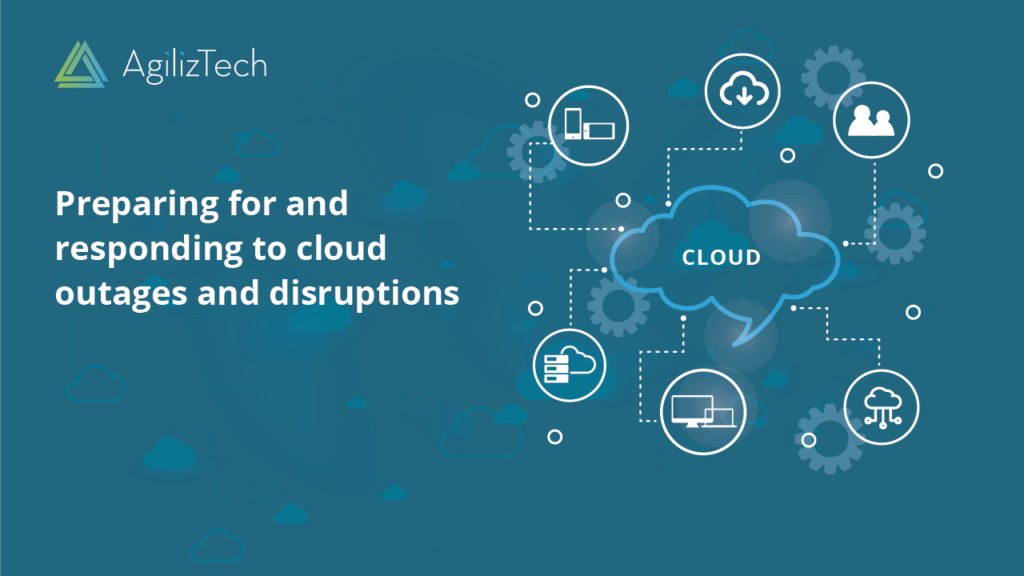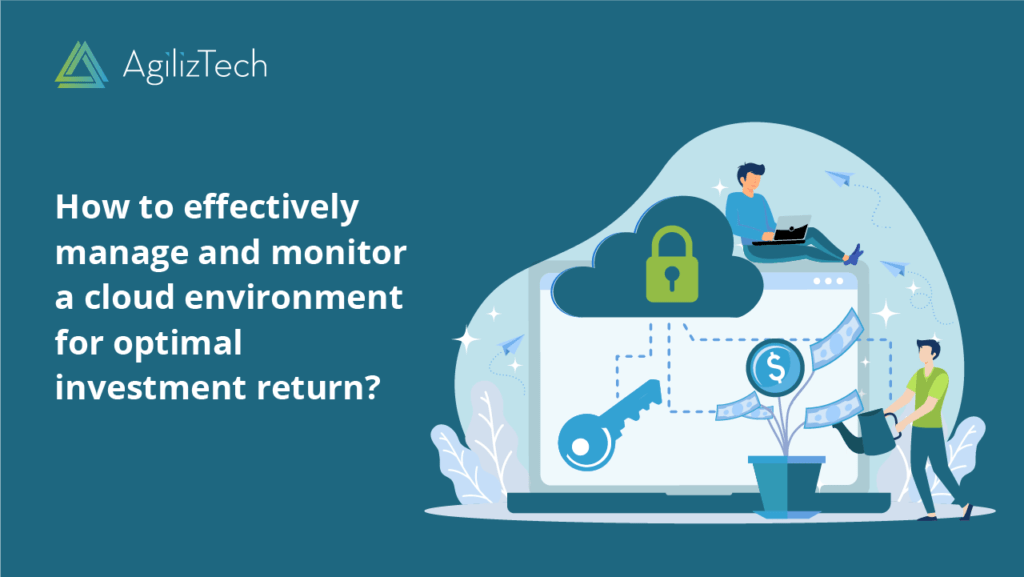In this article, we will look at How can organizations prepare for and respond to outages and other disruptions in the cloud?
Cloud outages and other disruptions can have a significant impact on organizations, affecting their ability to access important data and services. To minimize the impact of these disruptions, organizations must have a clear plan in place for preparing for and responding to outages and other disruptions.
1. Disaster Recovery Planning:
Security is one of the most important factors to consider when selecting a cloud provider. Organizations should ensure that their chosen provider offers robust security features, such as encryption, access controls, and incident management. Additionally, organizations should verify that the provider’s data centers are compliant with industry standards and regulations.
2. Monitoring and Alerting:
Monitoring and alerting is another important step in preparing for outages and other disruptions in the cloud. Organizations should use monitoring and alerting tools to detect potential outages and disruptions, and to be alerted of any issues as soon as they occur.
3. Incident Management:
Incident management is a key aspect of responding to outages and other disruptions in the cloud. Organizations should have a clear incident management plan in place that outlines the steps to be taken in the event of an outage or disruption. This plan should include incident detection, investigation, and response, as well as incident recovery and business continuity.
4. Communication:
Support is another key factor to consider when selecting a cloud provider. Organizations should ensure that their chosen provider offers a range of support options, such as phone, email, and live chat, to ensure that they can quickly and easily get the help they need when they need it.
5. Regular Testing:
Regular testing is also an important step in preparing for outages and other disruptions in the cloud. Organizations should regularly test their disaster recovery plan and incident management plan to ensure that they are effective in the event of an actual outage or disruption.
6. Service Level Agreements:
Service level agreements (SLAs) are also an important aspect of preparing for outages and other disruptions in the cloud. Organizations should ensure that their cloud service providers have clear SLAs in place that outline the steps to be taken in the event of an outage or disruption and the level of availability and compensation.
In conclusion, organizations can prepare for and respond to outages and other disruptions in the cloud by having a clear disaster recovery plan, monitoring and alerting, incident management, communication, regular testing and service level agreements in place. By implementing these measures, organizations can minimize the impact of outages and other disruptions and ensure that they are able to quickly and effectively respond to any issues that may arise.



